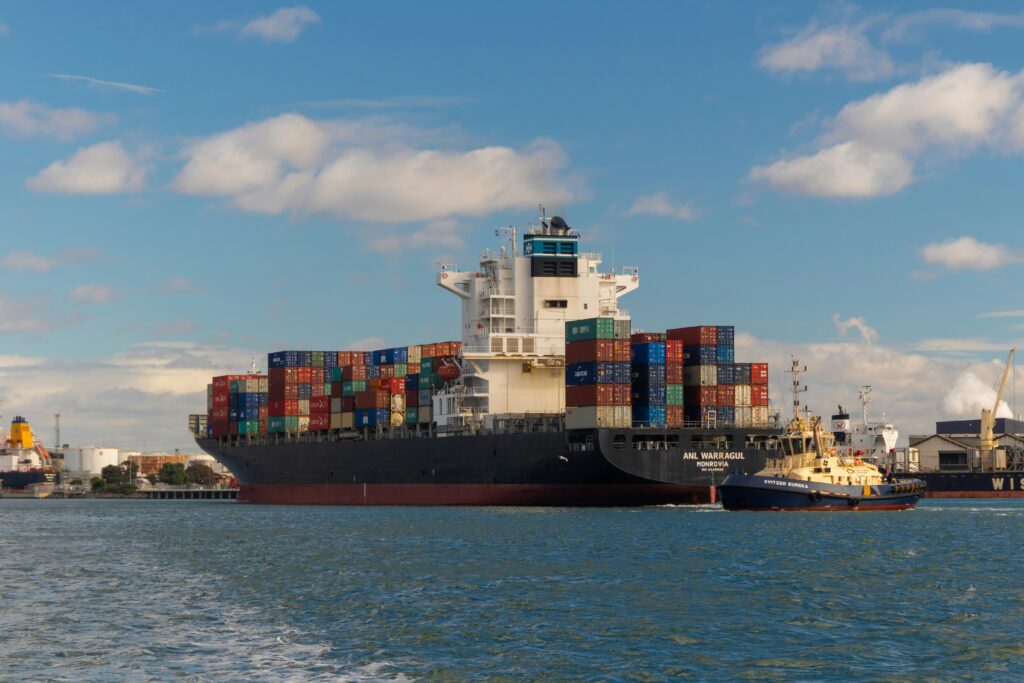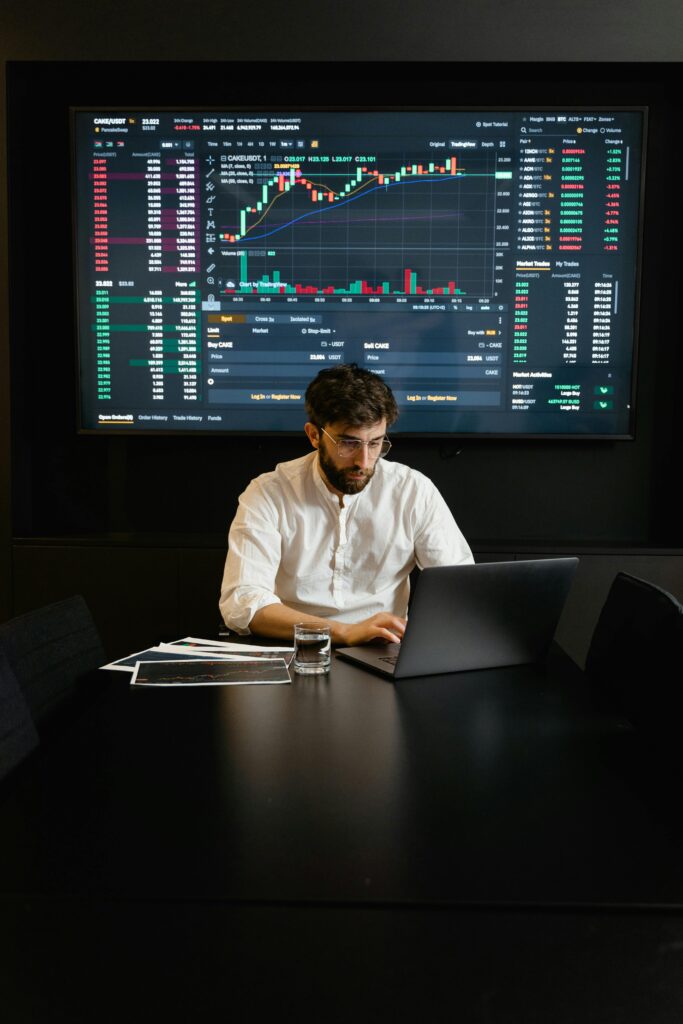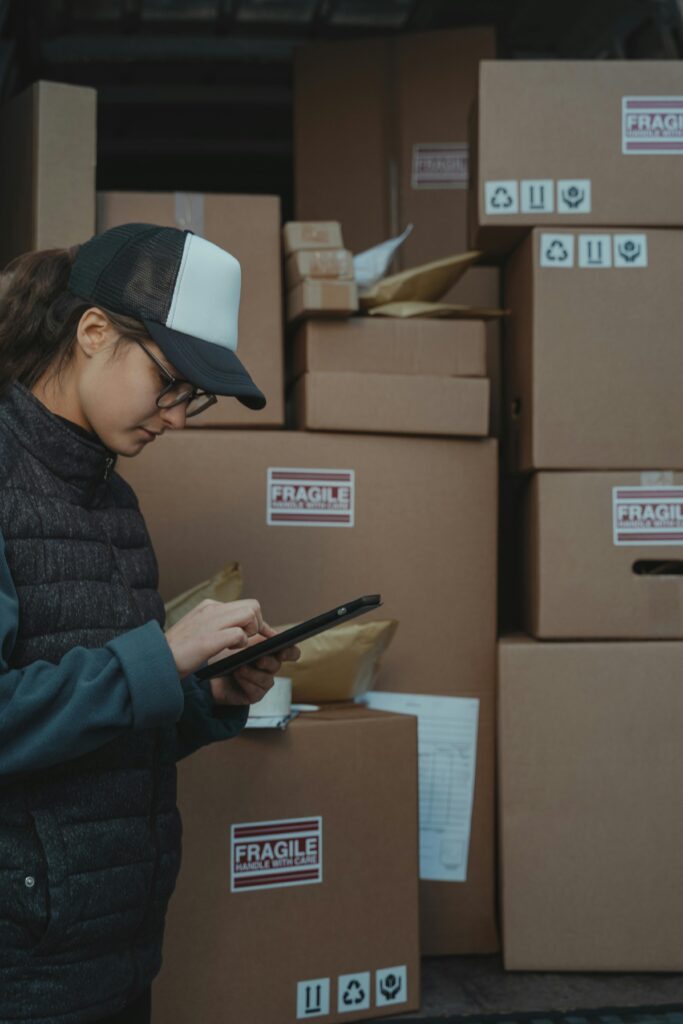Preparing for Potential Tariff Hikes Under President-Elect Trump: Key Strategies for Importers.
As President-elect Donald Trump prepares to take office in January 2025, importers and industry leaders face potential challenges with proposed 60% tariffs on goods manufactured in China. For those in international trade, the question becomes, “What should we do?” This article offers practical guidance on shipping strategies, frontloading decisions, and steps to mitigate financial impacts in light of anticipated tariff changes.
Shipping Strategies for the Next Two Months
Anticipating Rate Increases.
Whether you are importing from China or elsewhere, the rates will very likely increase and by a lot. If you have goods ready to load, do not wait even a bit, get them onto a vessel the earlier you can because rates for the second half of Nov will increase but the rates for Dec will likely be even higher, and for the second half of dec even more so.
Booking Early to Lock in Rates
If you have productions nearing completion, try to book as early as possible to lock in cheaper rates when possible.
from other countries, if you have the goods ready now, I suggest to book right away, if your productions will be ready mid Dec I suggest waiting to see how big of an increase there will be on the shipping rates to determine whether it is worth to wait out the influx of the goods made in China.
Frontloading Cargo: A Smart Move or Costly Gamble?
Cash Reserves and Storage Options
If you have the cash reserves to pay for the goods, store them in a warehouse in the USA for the bulk of the inventory, then it is definitely a wise idea to frontload. If you do not have the cash reserves to pay for the inventory or if you cannot hold such quantities of goods for extended periods of time do not and I repeat do not front load just yet. Shipping rates will likely be high, interest rates on loans right now are very high, and like I wrote in my article on slow moving inventory the cost to store goods for extended periods of time are not just the warehouse cost or the interest cost, its the opportunity cost of what could you have done with the money if it were not tied up with the slow moving inventory. The same holds true here, whether you will have a 60% tariff bill to pay remains in question, but one thing is for sure, that if your business does not have the cash flow to invest in the areas it needs to invest in order to grow and meet the expectations you will lose out so much more than the 60% potential savings.
Weighing the Cost-Benefit of Frontloading
For the chance that your category will be subject to the 60% tariff hikes there will likely be a grace period or transition period where you can prepare either by preordering in advance or by receiving the goods on their way before the additional tariff kicks in, that was the case back in 2019 and will likely be the case with any potential tariff hikes. You have time to front load cargo then.
Managing Potential 60% Tariffs.
Moving Production to Other Countries
Comes without saying, if you can move manufacturing elsewhere do that. Vietnam, India, Turkey, Malaysia and the list goes on and on.
Applying for Tariff Exclusions
If you cannot move production or the cost of the goods produced elsewhere is too expensive, and if you believe that your company will be subjected to financial harm that could put you out of business, you can file for an exclusion by presenting the facts of how this will financially impact your business and that manufacturing in other countries is impossible or at a cost prohibiting price. there are currently 164 product categories excluded from section 301 tariffs.
Manufacturing Components and Assembly Strategies
If you have to pay the 60% tariffs you may consider either to manufacture components in other countries to reduce the value and amount of goods subject to the 60% tariffs or you can consider having the assembly done in the US as long as it meets the requirements to be considered made in the USA (it has be transformed substantially etc, contact an attorney for advice on that).
Restructuring Distribution to Optimize Tariff Costs
You may also consider restructuring your companies distribution structure to fulfill orders in China and ship direct to the consumer as long as it is less than $800 per consumer per day you will be exempt of the section 301 tariff and any duty treatment. (disclaimer, this is currently in congress and will be undergoing some major changes, one of which is that goods subject to the section 301 tariffs will be not eligible for the de minimis duty free treatment and will be subject to the tariff of 60%. Consult an attorney before deciding)




